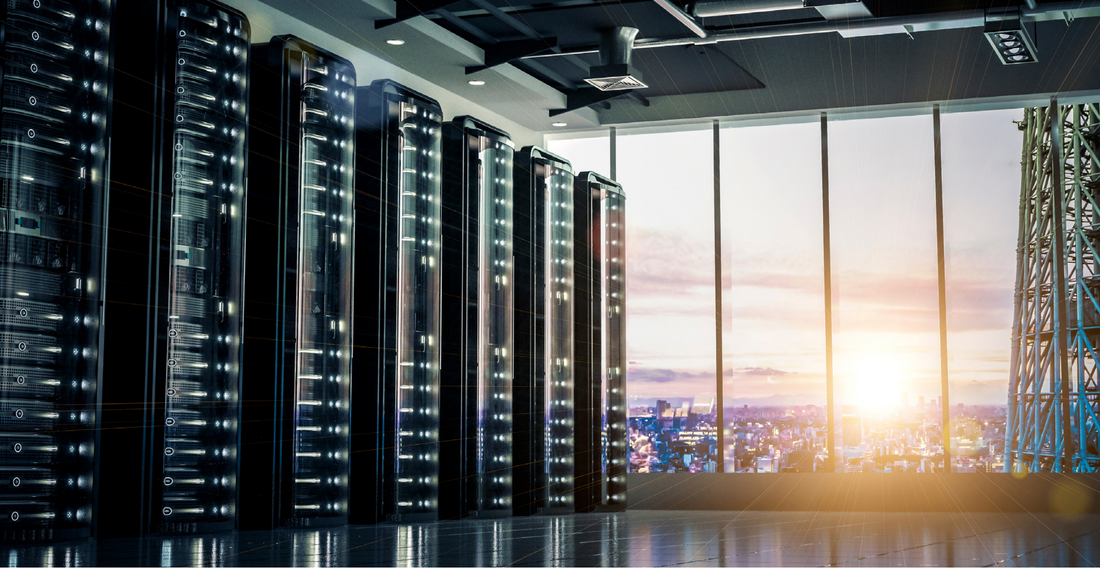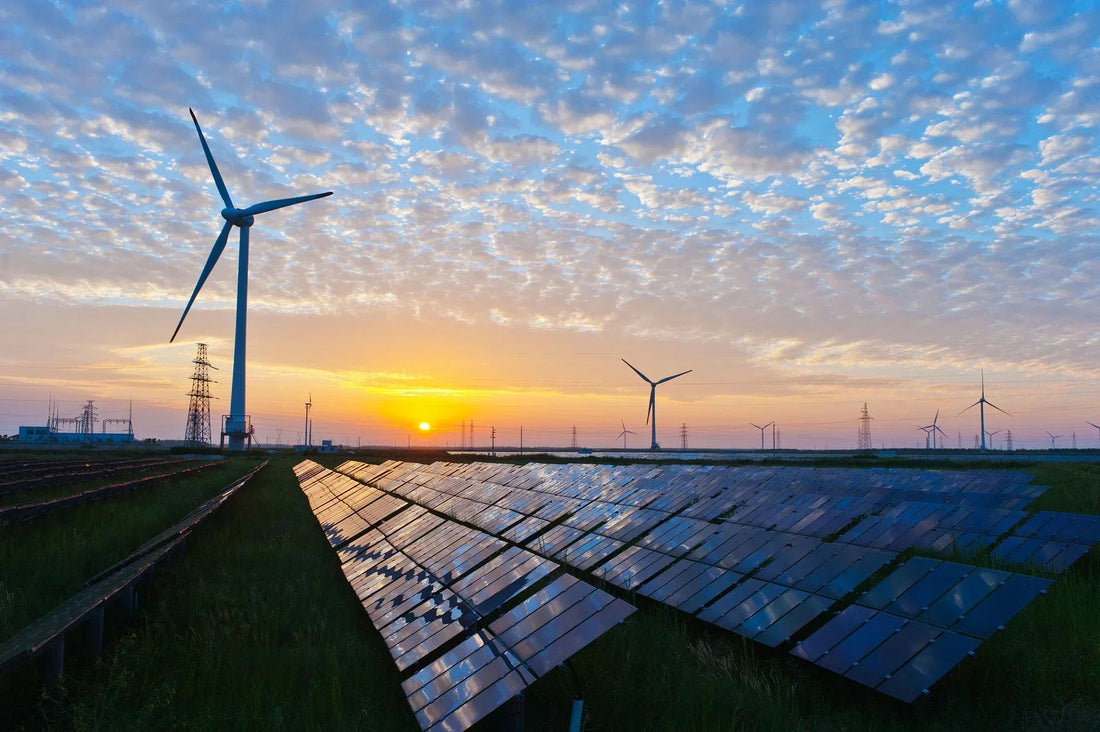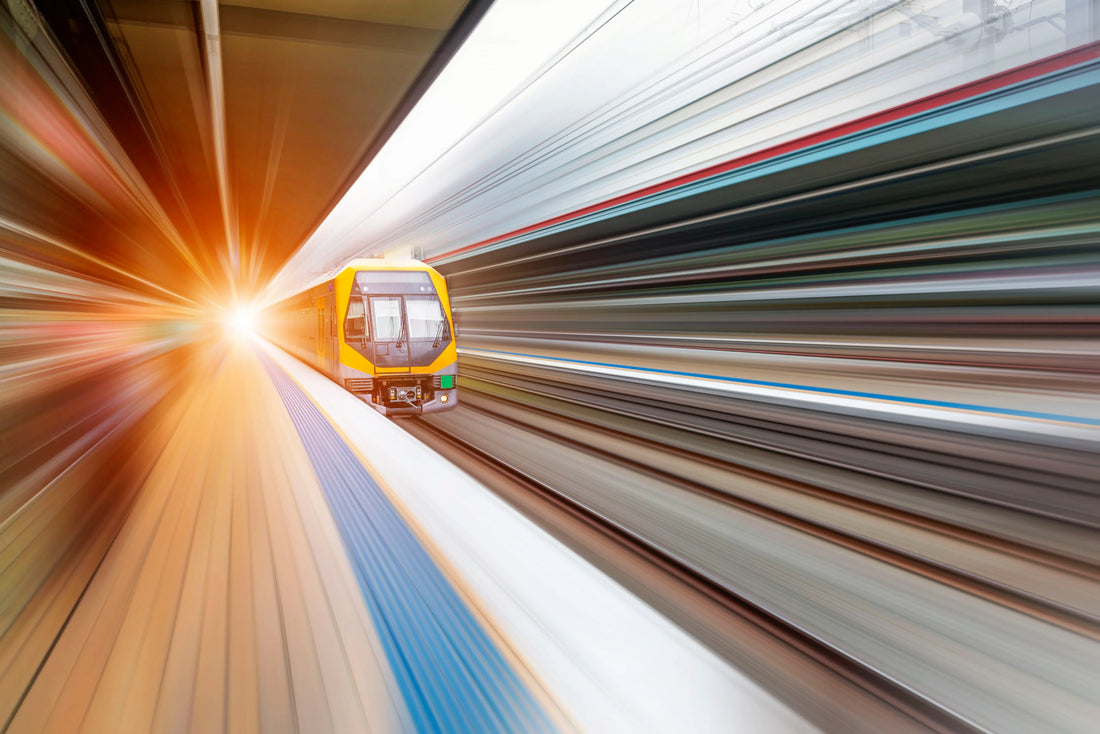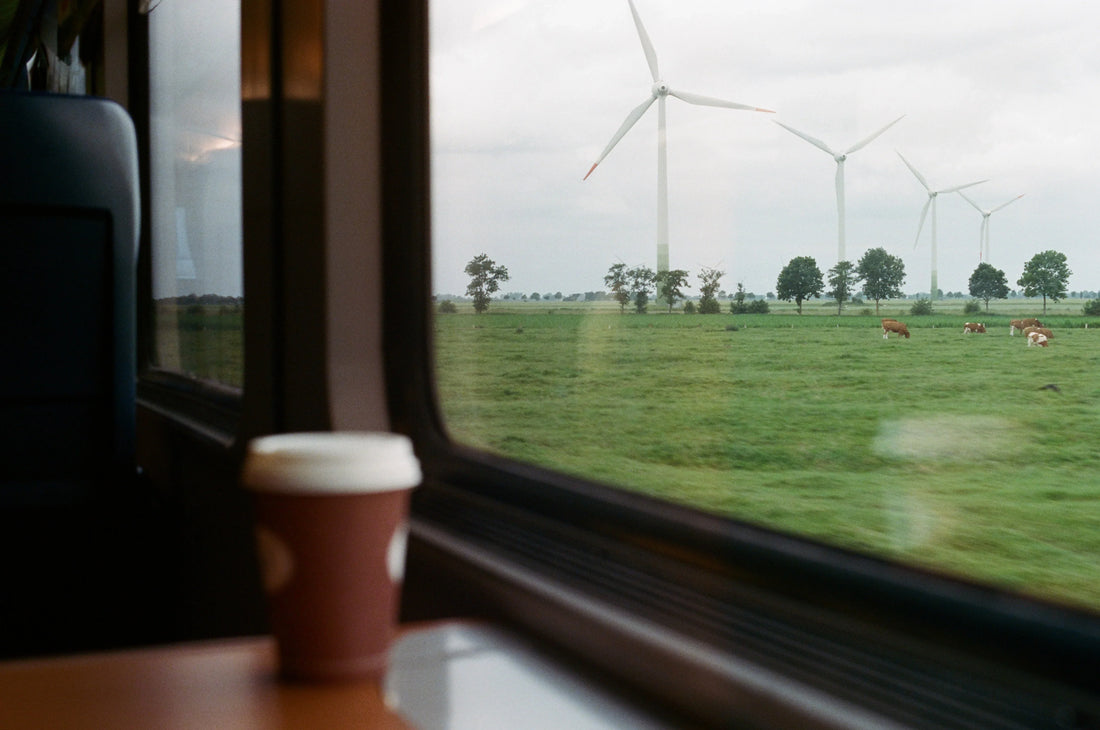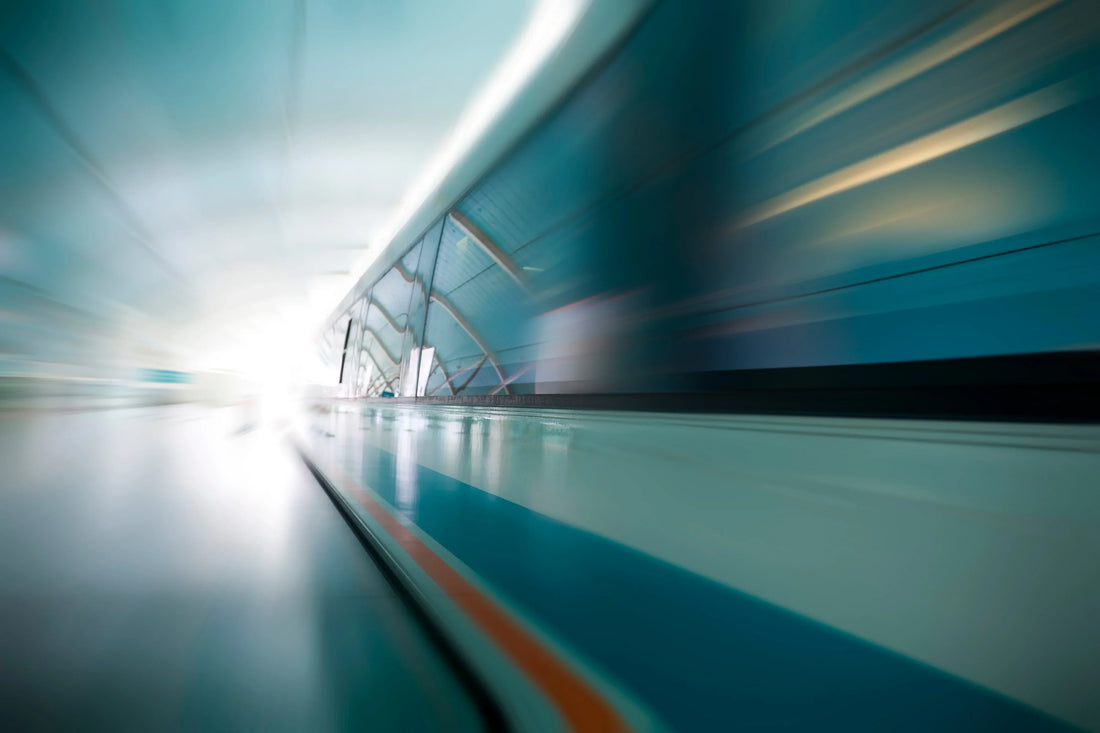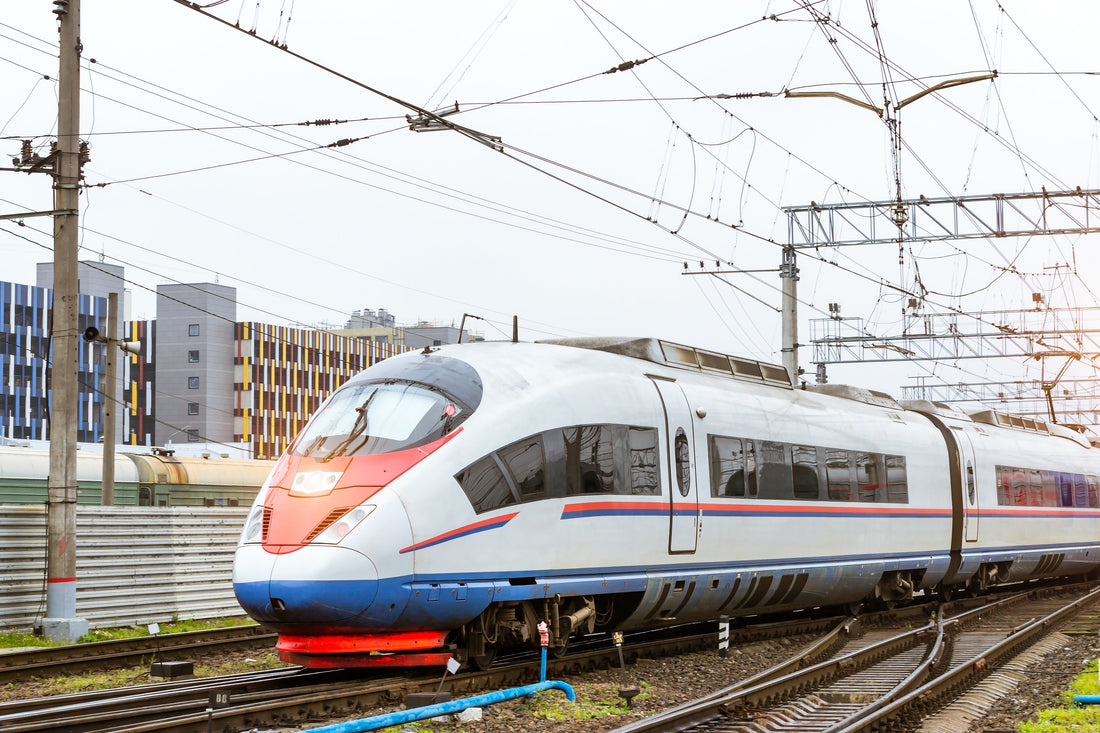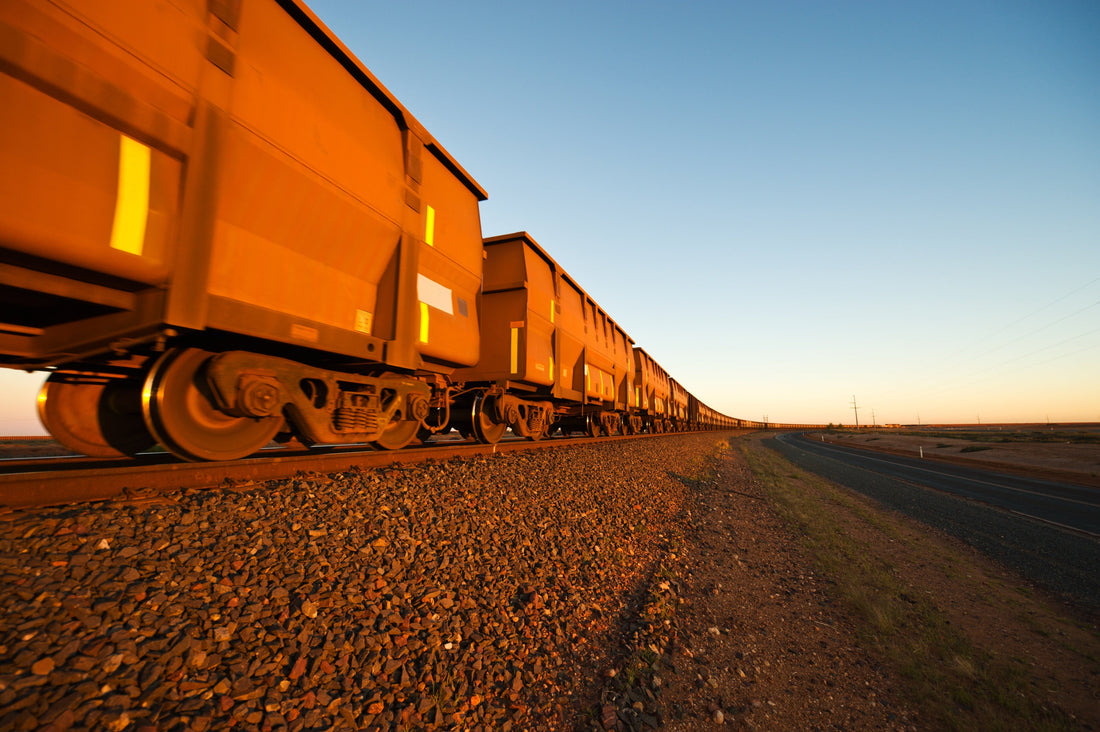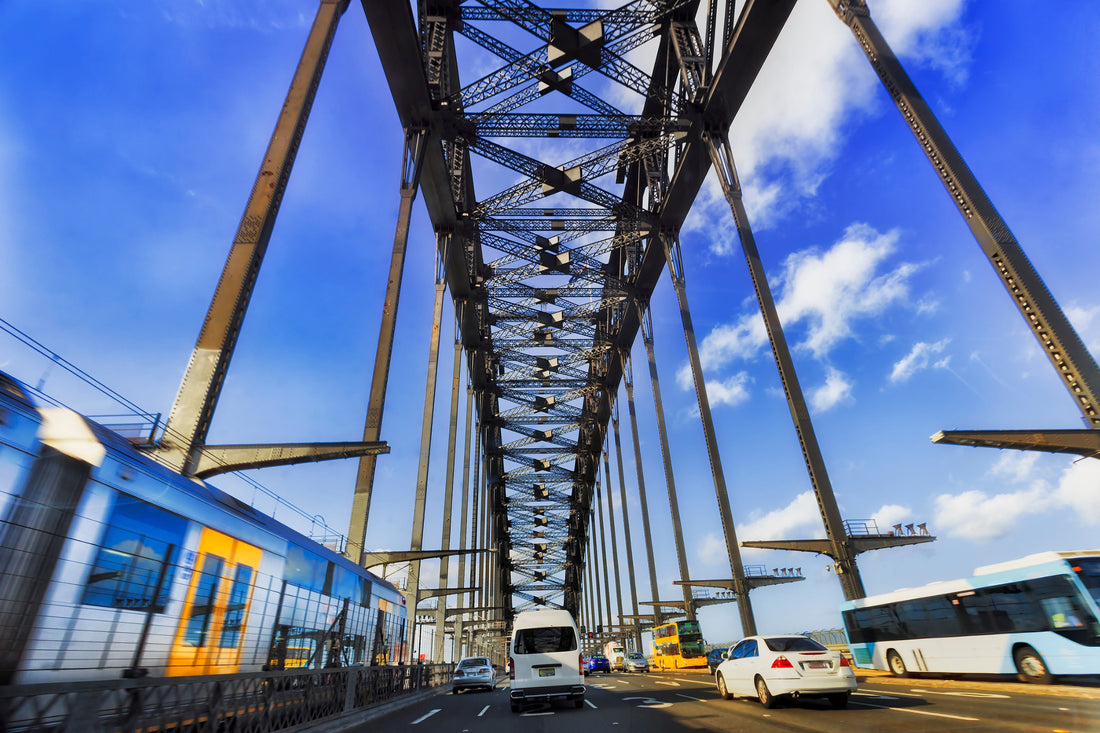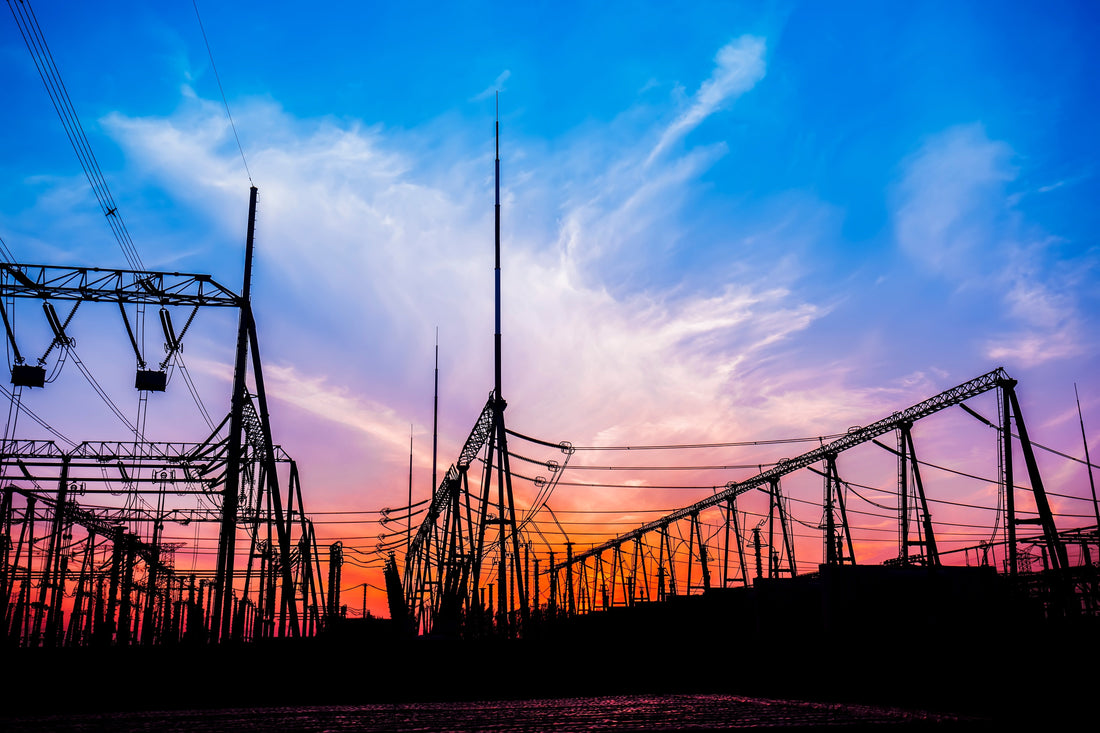By 2050, the world’s population will hit 9.5 billion, before the rate of growth will finally begin slowing down. While some parts of the world like Japan and Europe will see populations decline, the developing world will see approximately 90% of the expected population growth. And by 2050, 70% of people will live in an urban area.
Cities will become megacities, with sprawling suburbs and massive populations. And the massive population surges will place added strain on already stretched city infrastructure. However, these dense urban areas will also provide the rail industry with a huge opportunity- provided they can effectively handle the increase.
As a growing middle class and rising incomes provide more people with the opportunity to travel, we can expect to see global passenger mobility triple by 2050. The challenge will be convincing people that rail is the more comfortable and efficient choice for them to get from Point A to Point B.
Passengers continue to want faster journeys and better services. Rail companies hoping to remain competitive through the predicted population surge will need to invest in trains with more seats, more carriages, better facilities, greater connectivity, and easy-to-use ticketing.
Rail companies also need to prepare for increase freight demands. By 2050, freight activity is expected to increase by 150-250%. In the United States, the population will increase by 20% by 2040- meaning a new person will be born every 12 seconds, and that person will want and need items throughout their lives. The average American needs 57 tons of cargo moved every year, and if freight slows to a standstill, so do people.
Rail is expected to become the 21st century’s most important logistics system. The efficiency and reliability of rail have already eaten into the trucking industry’s market share, as trains are increasingly being used for moves as short as 500 miles. The challenge will be for rail companies worldwide to remain cost efficient and avoid fluctuating diesel costs impacting their ability to scale.
Building and maintaining rail is expensive. While the surge in population will mean greater opportunity for passenger numbers, rail companies will need to reduce costs and increase profits so they can scale accordingly. Rail continues to be the most sustainable form of passenger and freight transportation, and as populations continue to grow around the world, rail companies will be faced with making their journeys even greener.
One way to do this is by switching to off-grid and hybrid power solutions. Many of these involve renewable resources, making rail a cheaper, greener option for passengers around the world.
If you want your rail company to be able to deal with the predicted surge of population in the future, you’ll need to ensure you’ve streamlined costs and can scale efficiently. One way to do this is to reduce your reliance on non-renewable fuel sources like diesel. We can help you make the switch, so get in touch today to learn more.











